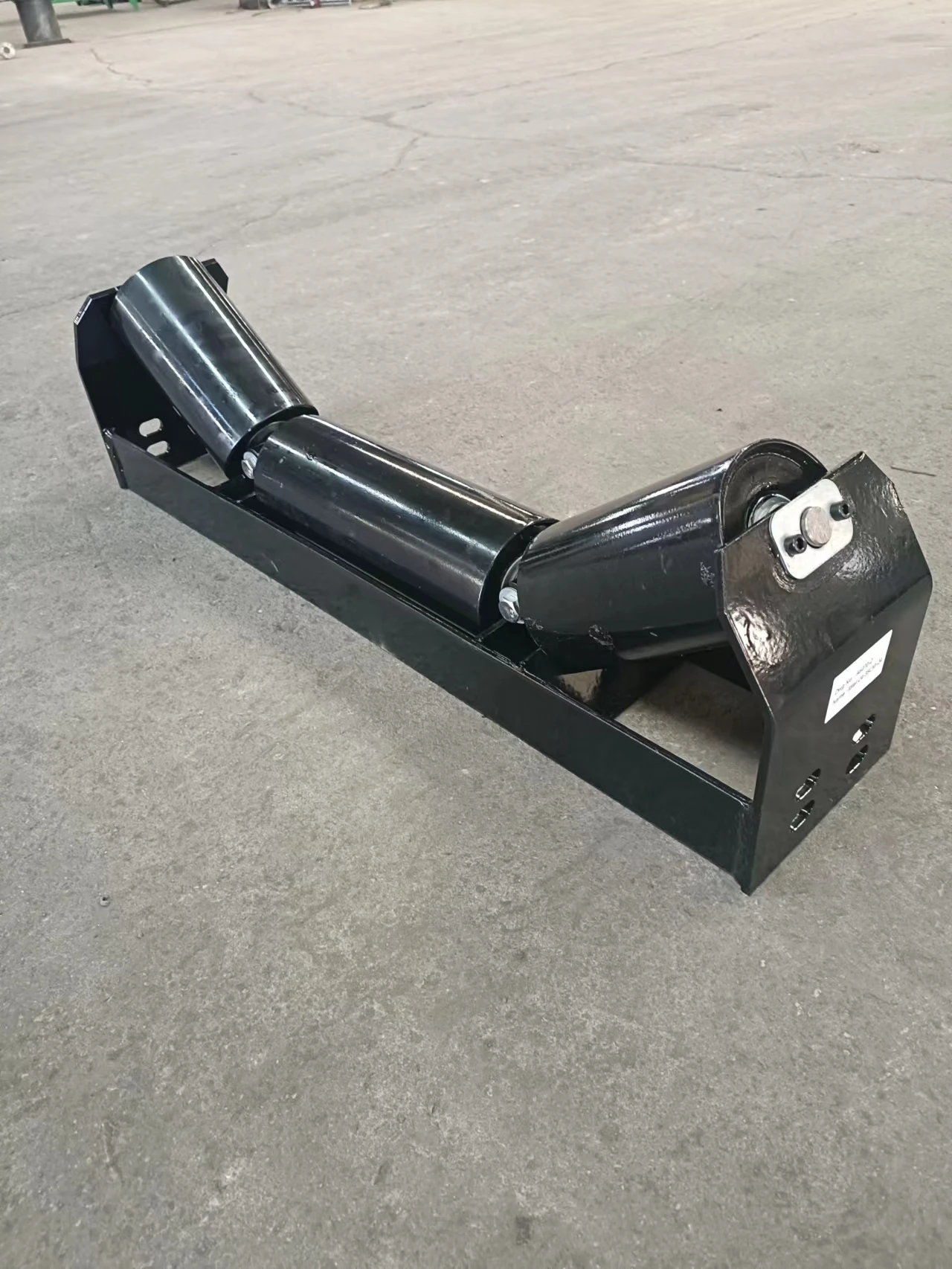 Afrikaans
Afrikaans  Albanian
Albanian  Amharic
Amharic  Arabic
Arabic  Armenian
Armenian  Azerbaijani
Azerbaijani  Basque
Basque  Belarusian
Belarusian  Bengali
Bengali  Bosnian
Bosnian  Bulgarian
Bulgarian  Catalan
Catalan  Cebuano
Cebuano  Corsican
Corsican  Croatian
Croatian  Czech
Czech  Danish
Danish  Dutch
Dutch  English
English  Esperanto
Esperanto  Estonian
Estonian  Finnish
Finnish  French
French  Frisian
Frisian  Galician
Galician  Georgian
Georgian  German
German  Greek
Greek  Gujarati
Gujarati  Haitian Creole
Haitian Creole  hausa
hausa  hawaiian
hawaiian  Hebrew
Hebrew  Hindi
Hindi  Miao
Miao  Hungarian
Hungarian  Icelandic
Icelandic  igbo
igbo  Indonesian
Indonesian  irish
irish  Italian
Italian  Japanese
Japanese  Javanese
Javanese  Kannada
Kannada  kazakh
kazakh  Khmer
Khmer  Rwandese
Rwandese  Korean
Korean  Kurdish
Kurdish  Kyrgyz
Kyrgyz  Lao
Lao  Latin
Latin  Latvian
Latvian  Lithuanian
Lithuanian  Luxembourgish
Luxembourgish  Macedonian
Macedonian  Malgashi
Malgashi  Malay
Malay  Malayalam
Malayalam  Maltese
Maltese  Maori
Maori  Marathi
Marathi  Mongolian
Mongolian  Myanmar
Myanmar  Nepali
Nepali  Norwegian
Norwegian  Norwegian
Norwegian  Occitan
Occitan  Pashto
Pashto  Persian
Persian  Polish
Polish  Portuguese
Portuguese  Punjabi
Punjabi  Romanian
Romanian  Russian
Russian  Samoan
Samoan  Scottish Gaelic
Scottish Gaelic  Serbian
Serbian  Sesotho
Sesotho  Shona
Shona  Sindhi
Sindhi  Sinhala
Sinhala  Slovak
Slovak  Slovenian
Slovenian  Somali
Somali  Spanish
Spanish  Sundanese
Sundanese  Swahili
Swahili  Swedish
Swedish  Tagalog
Tagalog  Tajik
Tajik  Tamil
Tamil  Tatar
Tatar  Telugu
Telugu  Thai
Thai  Turkish
Turkish  Turkmen
Turkmen  Ukrainian
Ukrainian  Urdu
Urdu  Uighur
Uighur  Uzbek
Uzbek  Vietnamese
Vietnamese  Welsh
Welsh  Bantu
Bantu  Yiddish
Yiddish  Yoruba
Yoruba  Zulu
Zulu Understanding the Role of Pulleys in Conveyor Belt Systems for Efficient Material Handling
The Role of Pulleys in Conveyor Belt Systems
Conveyor belts are integral to various industries, facilitating the efficient movement of goods and materials. One of the critical components of these systems is the pulley. Pulleys not only facilitate the transportation processes but also play a significant role in managing the mechanical aspects of the conveyor belt system. Understanding the importance of pulleys in conveyor belts can help businesses optimize their operations, reduce downtime, and enhance productivity.
Understanding Pulleys
A pulley is a simple machine that consists of a wheel on an axle or shaft. It is used to change the direction of a force, making it easier to lift or move loads. In the context of conveyor belts, pulleys are typically used to support the belt and drive it, enabling the seamless movement of materials from one location to another. There are generally two types of pulleys found in conveyor systems drive pulleys and idler pulleys.
Drive pulleys, also known as head pulleys, are located at the discharge end of the conveyor belt and are responsible for moving the belt. They receive power from a motor through a drive mechanism, causing the belt to rotate and transport items along the conveyor. Idler pulleys, on the other hand, are located along the conveyor belt's length and help maintain proper tension and alignment of the belt. They do not drive the belt but are essential for its stability and functionality.
The Importance of Pulleys
1. Tension Control One of the primary functions of pulleys is to maintain the correct tension in the conveyor belt. Proper tension prevents slippage, which can lead to inefficient operation and wear and tear of the belt. Pulleys help distribute the tension evenly along the belt, ensuring smooth operation.
pulley in conveyor belt

2. Material Handling Pulleys enable the effective handling of materials by providing a consistent and reliable movement mechanism. This is particularly important in industries such as mining, manufacturing, and warehousing, where large volumes of materials must be moved quickly and safely.
3. Energy Efficiency By allowing for the efficient transfer of mechanical energy from the motor to the belt, pulleys contribute to the overall energy efficiency of conveyor systems. Minimizing friction and ensuring smooth rotation of the belt not only reduces power consumption but also extends the lifespan of both the pulleys and the conveyor belts.
4. Versatility Pulleys come in various sizes and designs, allowing them to be utilized in a wide range of conveyor systems. Whether for heavy-duty applications in mining or lighter systems in packaging lines, the adaptability of pulleys makes them a vital component in diverse industrial operations.
5. Maintenance Factors Regular inspection and maintenance of pulleys are crucial for the longevity of conveyor systems. Worn-out pulleys can lead to misalignment, increased vibration, and potential system failure. By ensuring that pulleys are maintained and replaced when necessary, companies can minimize downtime and improve operational efficiency.
Conclusion
In conclusion, pulleys play a fundamental role in the functioning of conveyor belt systems. Their ability to control tension, facilitate material handling, enhance energy efficiency, and adapt to various applications makes them indispensable in the industry. As businesses continue to seek ways to improve efficiency and reduce costs, understanding the function and significance of pulleys in conveyor systems becomes ever more critical. Proper maintenance and selection of appropriate pulleys can lead to sustainable operational practices and improved productivity in the long run.
-
Revolutionizing Conveyor Reliability with Advanced Rubber Lagging PulleysNewsJul.22,2025
-
Powering Precision and Durability with Expert Manufacturers of Conveyor ComponentsNewsJul.22,2025
-
Optimizing Conveyor Systems with Advanced Conveyor AccessoriesNewsJul.22,2025
-
Maximize Conveyor Efficiency with Quality Conveyor Idler PulleysNewsJul.22,2025
-
Future-Proof Your Conveyor System with High-Performance Polyurethane RollerNewsJul.22,2025
-
Driving Efficiency Forward with Quality Idlers and RollersNewsJul.22,2025





























